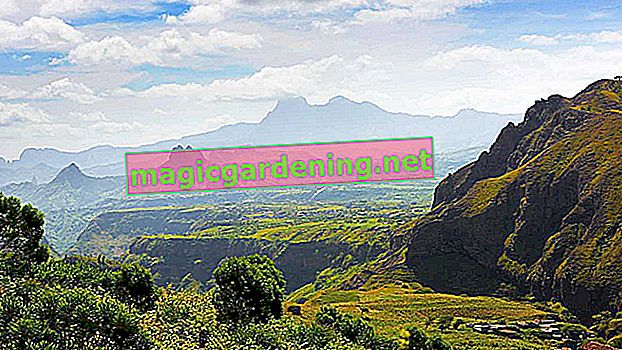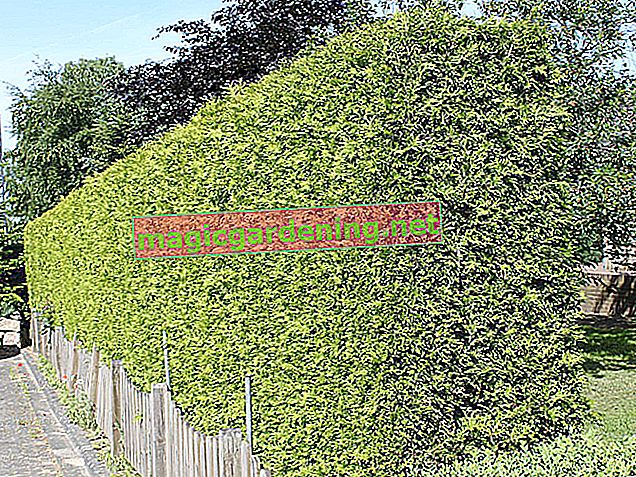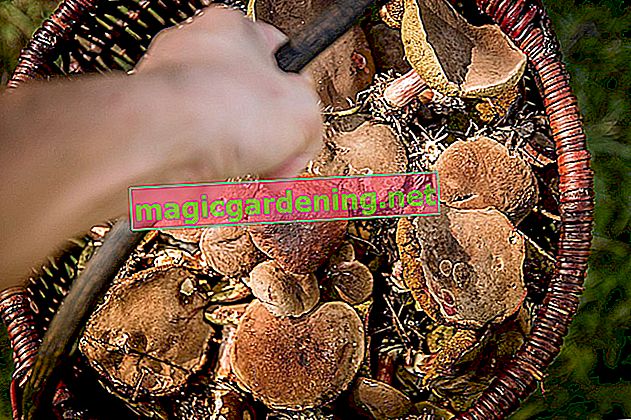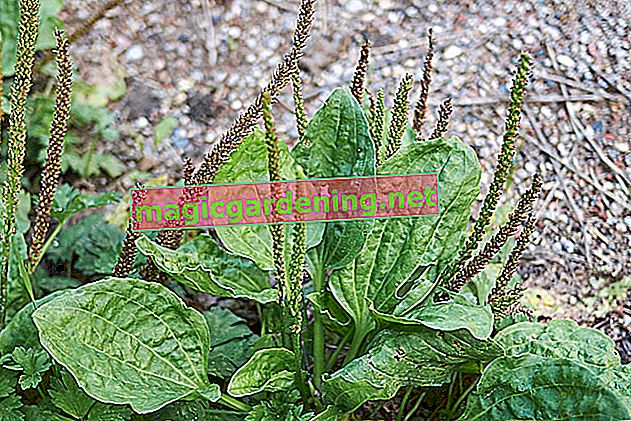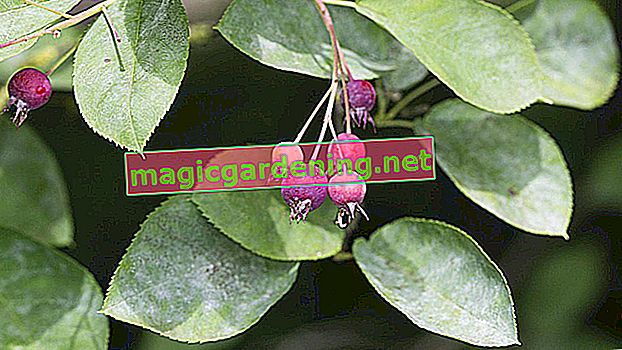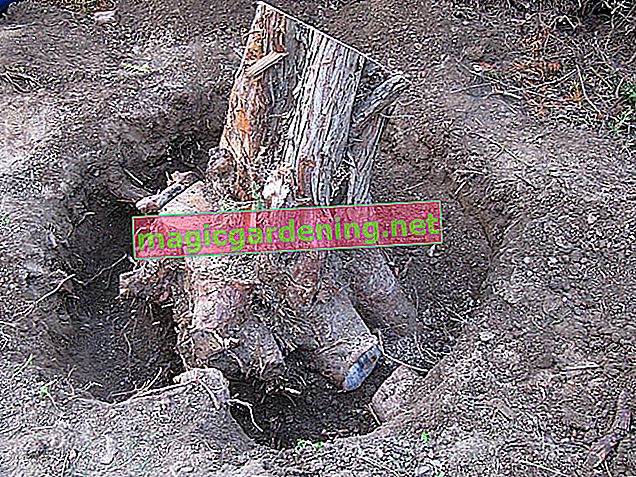
Digging up thuja - what should be considered?
Thuja is a shallow root that develops a very dense and fine root system. If you have planted the tree of life as a hedge, the roots mix with one another, so that it is not easy to dig up a single tree.
also read
- Let thuja roots rot or dig up?
- Thuja dries up - can the tree of life be saved?
- Radical pruning at Thuja - pruning heavily
The older the thuja, the denser the root ball and the heavier the tree itself. For larger specimens, you will need a winch and technical equipment to transport the tree of life.
If you want to dig up a whole hedge of thuja, you should think about hiring a specialist. Then the problem of disposing of the thuja is eliminated.
Prepare to dig
Three days before the planned digging of the thuja, water the soil penetratingly. Then it's a little easier to get the roots out of the ground.
If the tree is to be removed completely, cut it all the way down except for a remnant. The remaining tree trunk should be long enough that you can attach a winch to it if necessary.
Dig up thuja for transplanting
- Cut out a slot
- Lift the root ball with a digging fork
- Shake in between
- Carefully pull the thuja out by the trunk
Make a slot in the ground around the tree. Lift the root ball with a digging fork so that you injure as few roots as possible.
To loosen the roots and make digging easier, keep shaking the tree by the trunk.
Wrap the root ball in burlap with some soil after digging it up or plant it in the new place immediately afterwards.
Remove the tree of life from the garden
If you want the hedge to disappear completely from the garden, simply cut the tree down.
If you want to save yourself digging up the roots of the thuja hedge, you can leave them in the ground. Just pour enough soil. The tree of life will not sprout again.
Tips
The roots of the thuja rot very slowly. It takes years for them to completely decompose. The soil can therefore continue to sink at the planting site over time.


